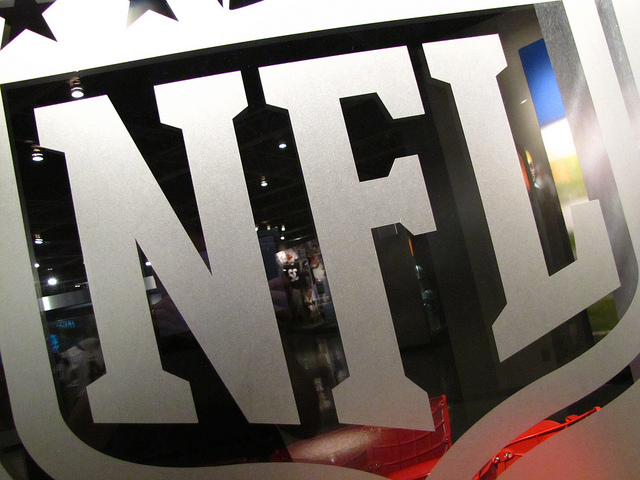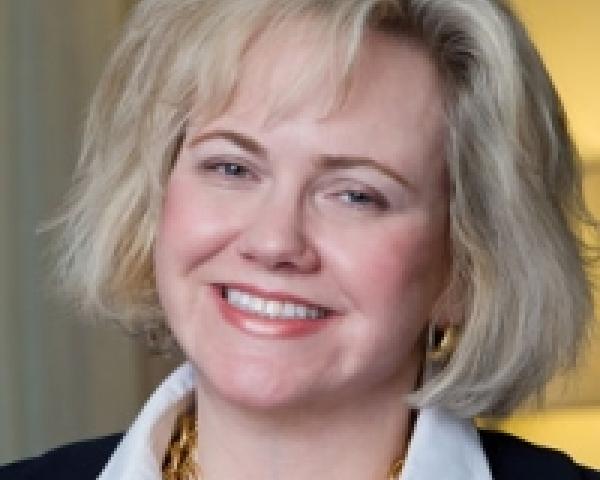On the cusp of the 2015 Super Bowl, NFL Commissioner Roger Goodell surprised fans with an unusual focus for his annual state of the league press conference: player safety. He
announced that the league would hire a chief medical officer to oversee the league’s health policies. This is good news. But first and foremost, Goodell must firmly plant the goalposts for this new hire. What does the new top doc need to accomplish to win? Here are four goals to start:
Goal One: Make Concussions Rare
In 2014, there were
202 concussions among players in practice, preseason and regular-season games. With approximately 1,600 players, my back-of-the-envelope math calculates one concussion for every eight players -- in one year alone.
The new chief medical officer will have some
momentum to build on to address this issue. In recent years, the league has implemented tough restrictions about when and under what conditions players can return to the field after an injury. The league has also improved equipment and changed the rulebook to penalize hits to defenseless players. The number of concussions is down by 25% from 2013, and defenseless hits are down by 68%. The new medical officer needs to accelerate that progress.
Goal Two: Research and Enforce Best Practices
To make a major impact on players’ health and safety, the new medical officer will need to rigorously examine the protocols in place to protect players. No one can argue with the notion that, at its core, football is a contact sport; injury is inevitable. However, some injuries are entirely preventable, yet they can easily topple the career of a valuable player. In my world, we’d call this kind of injury a “Never Event” -- it should never happen.
The new medical officer needs to consider how the team functions as a whole, get solid research on best practices and create enforceable guidelines for prevention. To protect past, current and future players, he or she will have to shake up the entire enterprise and institute a culture in which making the play is balanced with protecting the player.
Goal Three: Demand Safety off the Field, Too
One in eight is a frightening statistic for concussions, but, surprisingly, players may be safer on the field than in a hospital. Players -- and league employees and their families -- depend on the healthcare system just like the rest of us. True, players often receive treatment at elite centers of care, at the hands of celebrated physicians. But our research finds that even places with big reputations can be equally unsafe.
One in six admissions to a hospital results in an adverse event, and as many as
500 people die every day from preventable errors, accidents and injuries in hospitals. Even the most highly regarded institutions struggle to keep patient safety a top priority.
But some providers are much safer than others, and the new NFL medical officer has a role to play in helping players and employees pick the winners. He or she can demand data on safety of hospitals and physician practices and use that data in decision-making. The NFL can structure health benefits packages to favor safest providers, encourage performance-based payment models and give employees transparent and candid information on quality and safety to encourage them to select the safest care. Many other employers and unions are successfully
deploying these strategies, and they have good
tools to help.
Goal Four: Be a Champion
Championship isn’t exactly a standard element on boilerplate job descriptions, but it’s critical to this one. The NFL knows how to spot champions, and it should expect no less from this new hire.
The new chief medical officer needs to inspire a good number of people: teams, to change the way they function; youth, increasingly wary about the game; retired players, whose health issues cast a shadow over the whole sport; and the millions of fans who love American football.
Being a champion is the most important goal, because the NFL has the opportunity to go beyond defending its safety record and start playing offense. As a top-tier brand, the NFL could be a national leader, ensuring that safety comes first in America, on and off the field. By taking the right steps to protect players and the league, the new medical officer can inspire all the fans, not only to embrace the game, but to champion a healthier America.
This article was originally posted on Forbes.com.

